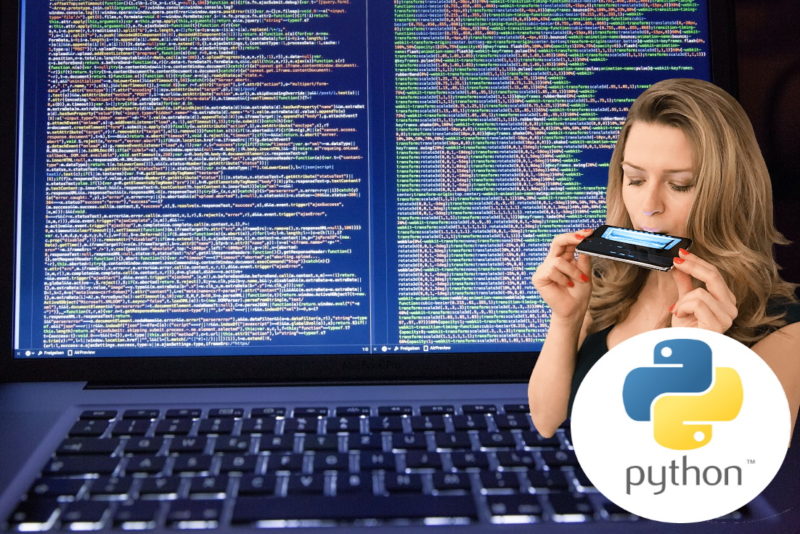
I hope you found it interesting and helpful.
#Python play sounds how to
This article has shown you how to use Python to convert messages between English and Morse Code, and also how to play Morse Code messages from sound files using Pygame. (PATH + char + '_morse_code.ogg') # You will need these sound files mp3s, music and more control of your sound effects, see my other video where I use pygame mixer to control music and sou. Print(" " * 3, end=" ") # Separate words clearly Print("# English to Morse Code Audio Converter #") ENGLISH_TO_MORSE = cannot be translated.") We then define two functions to perform the actual conversions, both of which use what I call the accumulator pattern, where you start with an empty container (a list, here) and modify it as you loop through some collection (the characters in the message in this case).

To specify that the passed sound argument is the name of a sound file. The inverse, MORSE_TO_ENGLISH is then created programmatically. The last PlaySound function call passes the name of the sound file as the sound argument. The Python program below defines a dictionary ENGLISH_TO_MORSE which contains the mappings between letters and numbers, and the sequences of dots and dashes which represent them in Morse Code.

Python Morse Code Converter Program Listing Note: this is for python desktop, for Jupyter in Web Browser there is a. The Code consists of short and long pulses, often called dots and dashes, and combinations of these represent various letters, numbers and symbols, which in turn can be combined into words to form complete messages. But how can we play the sound The simplest option is SoundDevice, based on PortAudio. You could not use voice or text, so a new way of getting messages across was needed. Morse Code was invented by Samuel Morse as a way to communicate messages over great distances when the only technology available worked by sending electrical pulses to other machines. We will also learn how to play the Morse Code version aloud using pygame and audio files containing sound samples.
#Python play sounds windows
This flag is not supported on modern Windows platforms.In this article we will learn how to use Python programming to convert messages from English to Morse Code and vice versa.
#Python play sounds driver
Specifies that the function must return if the sound driver is busy. Specifies that sounds currently playing must not be interrupted. Specifies that if the specified sound is not found, the system default sound must not be played. Specifies that the function should return immediately, allowing for the sound to play in the background. How to play a fixed frequency sound using PythonThe playsound module contains only a single function named playsound ().It requires one argument: the path to. This flag is not supported on modern Windows platforms. Specifies that all instances of the given sound must be stopped. Using this flag together with winsound.SND_ASYNC will raise a RuntimeError. Specifies that the sound is a byte-like object that contains data in WAV format. This is a blocking call in order to play the sound in a loop in the background, must be specified.

Specifies that the sound must be played repeatedly. If the built-in sound does not exists, the default system sound is played, unless winsound.SND_NODEFAULT is specified. Specifies that the sound parameter given is a built-in sound. Specifies that the sound parameter given is a WAV file name.

The following table summarizes the different flags and their usage: These flags provide additional commands to the play sound function. flags is a parameter that takes in winsound.SND_ flags.Note: If a built-in sound is passed, then flags must include the winsound.SND_ALIAS flag. The following table summarizes the built-in sounds in every Windows platform: sound is an object that specifies the sound This can be a file name, a built-in sound name, or a sound-like object in memory that is to be played.The syntax of the PlaySound function is as follows: winsound.PlaySound(sound, flags) The PlaySound function plays or stops a given WAV sound file. The winsound module in Python 3 provides an interface to interact with the sound playing machinery in Windows.


 0 kommentar(er)
0 kommentar(er)
